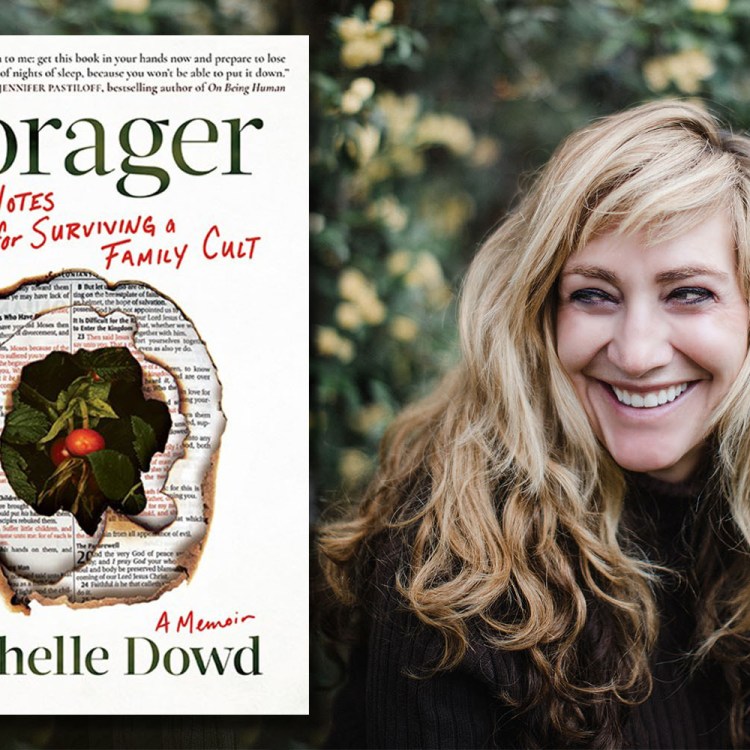Have you been feeling a pervasive sense of anxiety lately? Perhaps your waking moments have been suffused with a sense of nameless dread, or you’ve experienced tension from virtually every encounter you’ve had. Those are traits common to virtually anyone living through 2020 — but they’re also characteristics of the protagonists of many a Patricia Highsmith novel. Highsmith has been dead for over 25 years, but her work continues to find a receptive audience — and her fiction may well have tapped into some of the same moods as our current zeitgeist.
In a new essay published at CrimeReads, Sarah Hilary looks back on Highsmith’s work through the lens of 2020. Hilary makes a very convincing case for why Highsmith’s work — though written decades ago — seems so well-suited to the present moment:
Those seeking the reason behind her overdue renaissance might like to consider the parallels between our current socio-political climate and that of the Cold War, against the backdrop of which her most famous novels were written. Are we again in the grip of the paranoia and neurosis which typified so much the 1950s? Certainly we’re anxious, polarized, in a state of knuckle-biting instability. Our sense of belonging eroded, our sense of justice outraged.
Hilary also points to Highsmith’s use of narrative ambiguity and her refusal to end her stories neatly — both elements that have aged very well. That sense of overwhelming pressure and narrative complexity also emerges when revisiting Highsmith’s 1995 obituary in The New York Times. Uncertain resolutions, a sense of menace and moral confusion? Sounds all too familiar — and all too current.
Subscribe here for our free daily newsletter.
Thanks for reading InsideHook. Sign up for our daily newsletter and be in the know.


















